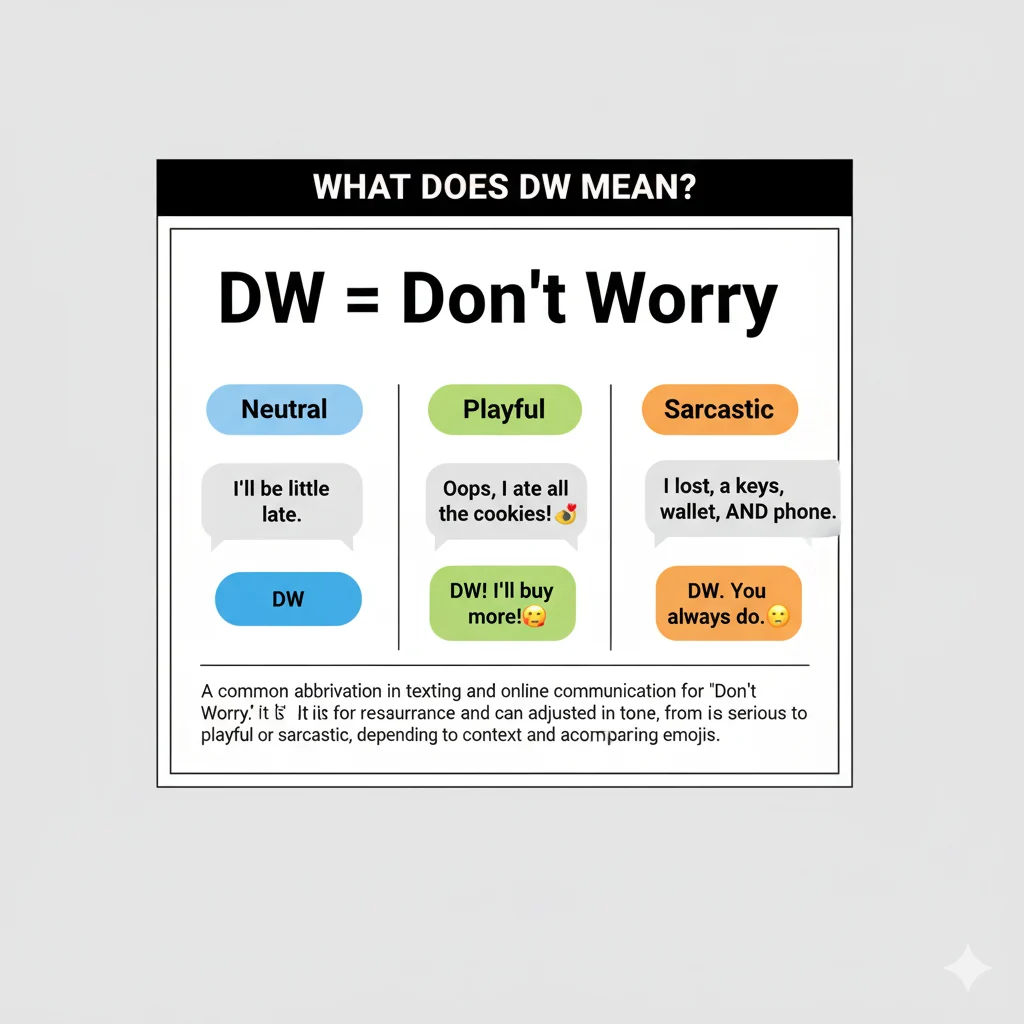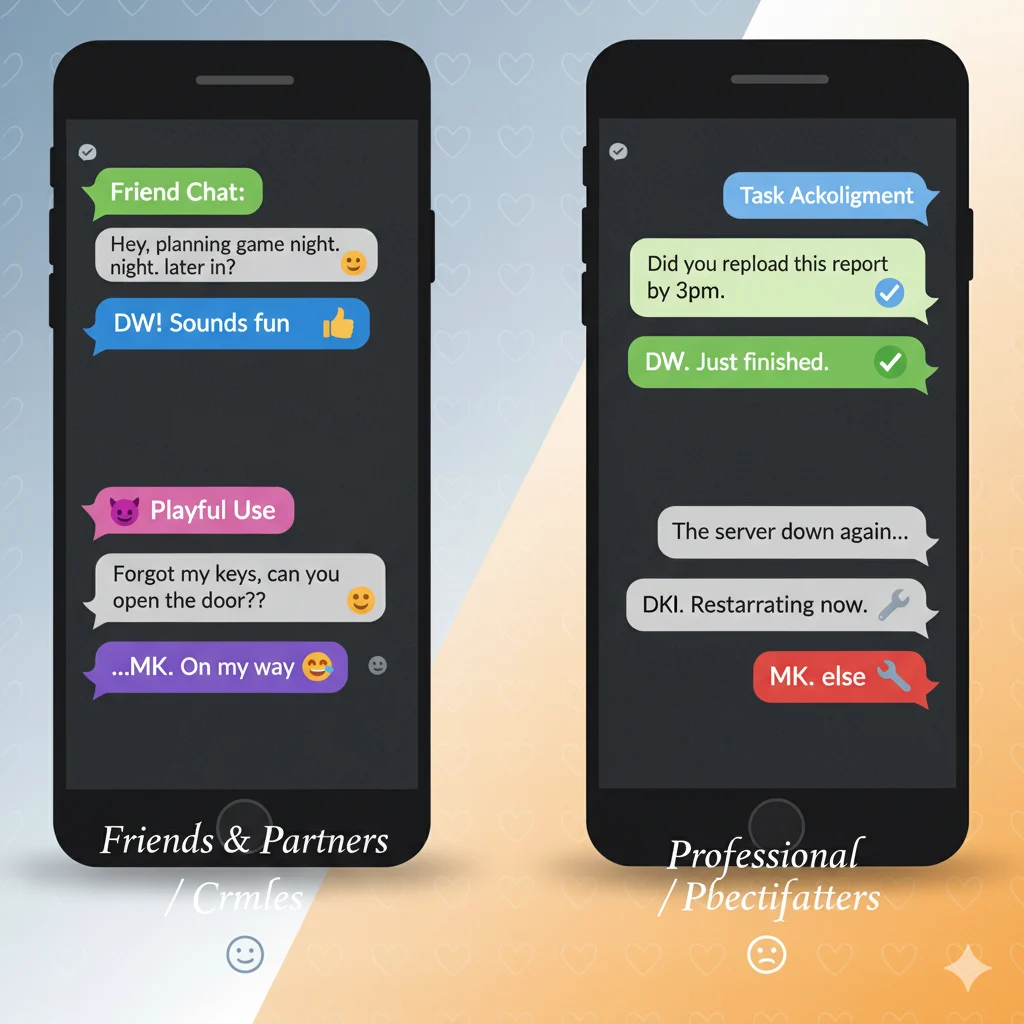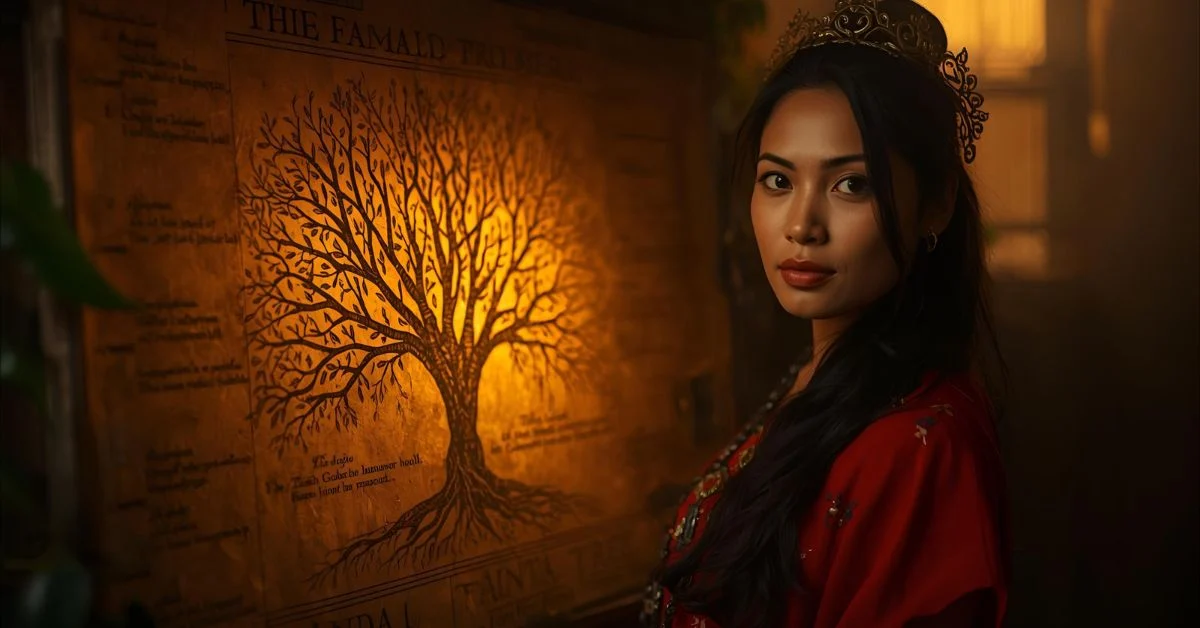“DW” in texting stands for “Don’t Worry,” used to reassure someone, indicate that a situation isn’t a problem, or to express calm and understanding in a casual way. It is widely used on WhatsApp, Messenger, Instagram, Discord, Snapchat, and other texting or social media platforms.
Thank you for reading this post, don't forget to subscribe!📝 Understanding DW in Texting
What DW Means
DW is an acronym for “Don’t Worry.” It is primarily used to reassure someone that a mistake, delay, or problem isn’t a big deal. It conveys calm, understanding, or casual agreement depending on the context.
Everyday Examples
- Friend chat:
- Friend: “I’m running late 😅”
- You: “DW, we haven’t started yet.”
- Colleague:
- Colleague: “I forgot to send the report.”
- You: “DW, I’ll take care of it.”
- Sibling:
- Sibling: “I broke your mug 😬”
- You: “DW, it’s just a mug 😅”
DW can also subtly convey emotion depending on punctuation or accompanying emojis.

🕰️ Origin and History of DW
Early Internet Usage
DW originated in early chat rooms, instant messaging platforms, and SMS shorthand. Shortening “Don’t Worry” to DW helped save time and keystrokes in fast-paced conversations.
Spread Through Social Media
- Platforms like AIM, MSN Messenger, and early forums helped popularize DW in the 2000s.
- Modern adoption includes Instagram, Snapchat, TikTok, Discord, and gaming chats.
Why DW Stuck Around
- Very short and easy to type
- Friendly, polite tone suitable for casual texting
- Can be paired with emojis to add emotional nuance

🔄 DW vs Other Reassuring Text Abbreviations
| Abbreviation | Meaning | Tone | Typical Usage |
|---|---|---|---|
| DW | Don’t Worry | Friendly, casual, reassuring | Texts, social media, chats |
| NP | No Problem | Neutral, polite | Acknowledging thanks |
| All Good | Everything’s fine | Friendly, casual | Informal chats |
| It’s Fine | Neutral acknowledgment | Polite, casual | Informal/professional |
| LOL | Laughing Out Loud | Humorous | Lighthearted response |
Key Takeaway: DW uniquely combines brevity with reassurance, making it ideal for informal digital communication.

📱 How DW Is Used in Texting
Casual Friend Chat
- Friend: “I forgot the snacks.” → “DW, we can share mine.”
- Tone: Neutral, supportive, or playful
Romantic Partner
- Partner: “I’m running late 😓” → “DW, take your time ❤️”
- Adds warmth and reassurance to the conversation
Professional or Peer Communication
- Peer: “I missed the deadline.” → “DW, we can extend it.”
- Friendly tone is maintained while being slightly professional
Tone Modifiers
- DW → Neutral, standard reassurance
- DW! → Emphatic, friendly, or enthusiastic
- DW 🙂 → Positive and casual
- DW… → Slight hesitation, sarcasm, or playful tone
🌐 DW in Social Media and Online Messaging
Everyday Online Use
- Used to calm a friend or follower
- Forgive minor mistakes
- Acknowledge situations without lengthy explanations
Examples
- “I messed up the meme 😅” → “DW, it’s hilarious 🤣”
- “I spilled coffee on your book ☕” → “DW, no worries”
DW is often paired with other slang, acronyms, or emojis to provide additional nuance in digital conversations.
🎮 DW in Gaming and Online Communities
How Gamers Use DW
- Reassure teammates: “DW, I’ve got you covered!”
- Forgive mistakes in team play: “DW, we lost that round.”
- Reduce tension and maintain friendly communication during gameplay
DW is common in multiplayer games, live streams, and Discord communities because it quickly communicates reassurance without breaking flow.
🔗 Related Abbreviations and Phrases
Common Alternatives
- NP (No Problem): Polite acknowledgment
- All Good: Neutral, casual reassurance
- It’s Fine / Okay: Slightly longer form, still casual
- M’kay: Informal, playful version
Understanding Tone
Knowing related terms ensures appropriate usage based on audience and context, avoiding misunderstandings.
⚠️ Common Misunderstandings About DW
Misconception 1: DW is rude
- Not inherently rude; tone depends on punctuation, context, and emojis.
Misconception 2: DW is only for friends
- Can also be used in casual professional chats or with acquaintances, but context matters.
Misconception 3: DW is outdated
- DW is still actively used among teens, young adults, and internet users familiar with texting slang.
❓ FAQs About DW
1. Is DW formal or casual?
- Casual; best suited for informal texting and online chats.
2. Can DW be sarcastic?
- Yes, punctuation and emojis can create playful or sarcastic tones.
3. Can DW be used professionally?
- Only in casual peer-to-peer contexts; avoid formal communication.
4. Is DW widely understood?
- Mostly among younger generations and digital-savvy users.
5. Can DW replace “Don’t Worry” everywhere?
- Usually yes, but emojis or tone indicators may help clarify intent.
🔚 Conclusion
DW (“Don’t Worry”) is a versatile, friendly abbreviation used in texting, social media, and online chats. It conveys reassurance, calm, or acknowledgment in a concise way, making digital communication smoother and more playful.
Key Takeaways:
- DW = Don’t Worry
- Casual, friendly, and versatile
- Tone can be neutral, playful, sarcastic, or emphatic
- Common in texting, social media, gaming, and online communities
Using DW appropriately ensures clear, effective, and friendly communication in modern digital conversations.




